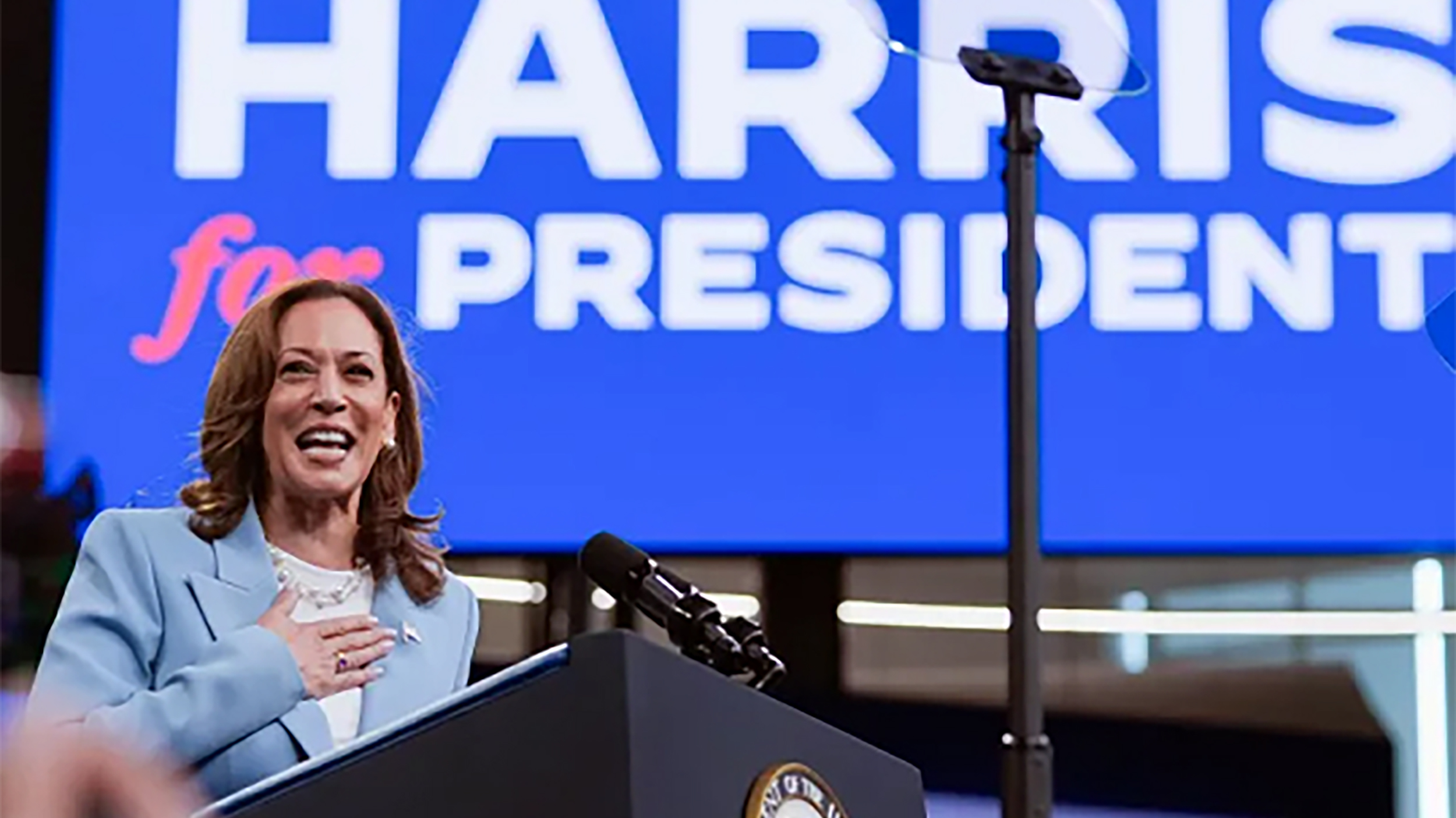
US Vice-President Kamala Harris’s presumptive nomination as the Democratic candidate for president has injected new momentum into the race and will have important implications for the election. Harris’s candidacy may exacerbate the already stark polarisation in the United States between two broad currents: one, represented by the Democrats, which cleaves to the existing rules of the US political system and sees the United States as a melting pot for immigrants from all religious, cultural and ethnic backgrounds, and another, represented by Donald Trump and the Republicans, which questions the validity of the system and its institutions and sees immigrants as a main cause of America’s problems.
Harris’s sudden elevation to the nomination—following a poor debate performance by President Biden that ultimately led him to bow out of the presidential race—has shifted the electoral terrain in favour of the Democrats, unifying the party and boosting confidence in its chances of victory. The day after the announcement of her candidacy, Harris received the support of 1,976 Democratic delegates, enough to clinch the party’s nomination at its coming convention. Within two days, the Harris campaign brought in a record-breaking $231 million in campaign contributions, mostly from small donors. The shift has been reflected in polling numbers. Various polls now give Harris a 2-3 point lead over Trump, who in June had been leading over Biden by roughly the same margin.
These figures likely reflect the return of various Democratic constituencies that had abandoned Biden over his backing for Israel’s assault on Gaza, including significant parts of the youth wing of the party and Black and Muslim voters. While Harris has not yet regained the full support of groups that contributed to Biden’s presidential win in 2020, her personal background and struggle, and the fact that she is not directly implicated in Biden’s stance on Israel’s war, have attracted many of these voters. Biden’s endorsement of Harris will also likely shore up her support among labour and the blue-collar voters who backed Biden in 2020.
In addition, the Harris nomination has robbed Trump of a key element of his campaign strategy, which had focused on highlighting Biden’s shortcomings, his apparent diminished physical and mental capacities, and the alleged corruption involving his son.
These changes are no guarantee of a Harris victory, but they have altered the dynamics of the election. Biden’s candidacy had fractured the base of the Democratic Party and demoralised its voters, while the Republican Party was organised, confident and fully invested in its candidate. This equation has now been reversed.
Nevertheless, the margin between Harris and Trump remains narrow. Allan Lichtman, a presidential prognosticator who has accurately predicted the outcome of all presidential elections since 1984, has projected a Harris victory based on a model that uses a 13-point checklist. By his count, Harris checks eight key factors, which is enough to win the race. On the other hand, numerous credible polls and forecasts are predicting a narrow Trump win. Unlike Lichtman’s checklist, however, these forecasts are based on probabilistic models that are constantly revised to take into account new developments. They are therefore likely to shift as new variables are introduced, especially since the gap between Harris and Trump is so small.
Trump’s personality and the likelihood of an extremely tight election could trigger the kind of unrest seen after the 2020 elections, when Trump rejected the election results and his supporters stormed Congress. This time, however, the turmoil could be even more severe. Trump continues to suggest that he does not trust federal institutions and has reiterated his vow to purge them. If he is defeated yet again, his anger may lead him to not only reject the results, but to declare victory outright, leaving the United States with two presidents-elect scrambling to gain domestic and foreign recognition. This scenario could create schisms in federal agencies, some of which may refuse to stand up to Trump supporters in the event of attacks on their opponents. The states themselves may be divided, and some may make moves to secede.
This may seem like an extreme scenario, but it is a possibility, albeit an unlikely one. Indications of strife are already apparent and may be exacerbated by the heightened polarisation of an election campaign. Currently, US federal institutions are strong and democratic traditions remain entrenched, but repeated attacks on the political system and its institutions may create cracks that widen over time, especially if, as most polls suggest, the results of the elections are close.
*This is a summary of a policy brief originally written in Arabic available here.